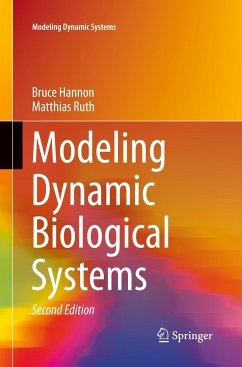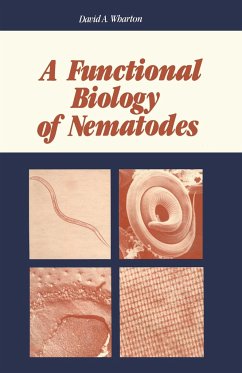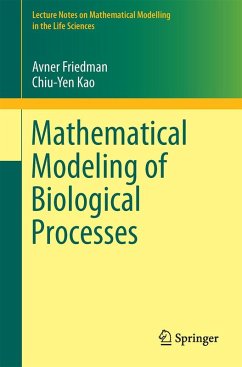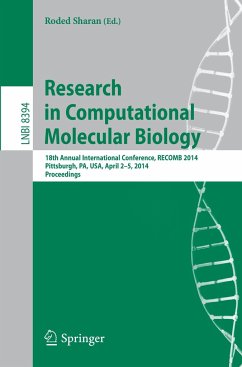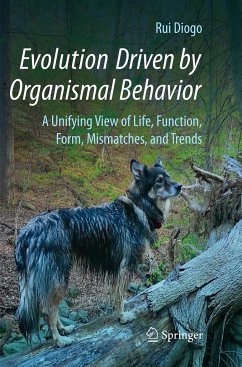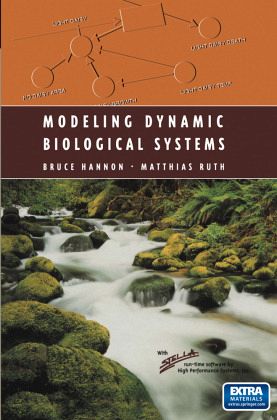
Modeling Dynamic Biological Systems
Versandkostenfrei!
Versandfertig in 6-10 Tagen
38,99 €
inkl. MwSt.
Weitere Ausgaben:

PAYBACK Punkte
19 °P sammeln!
'Models help us understand the dynamics of real-world processes by using the computer to mimic the actual forces that are known or assumed to result in a system"s behavior. This book does not require a substantial background in mathematics or computer science.






